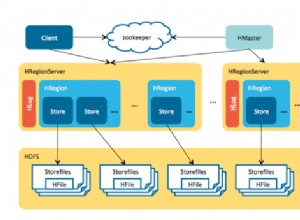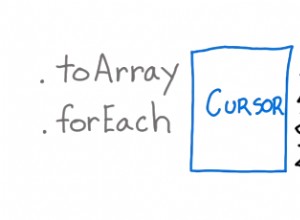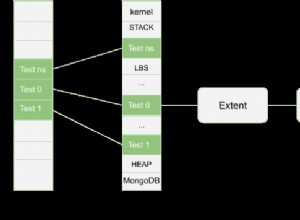Włączanie buforowania w aplikacji Spring Boot jest bardzo proste. Wystarczy wykonać trzy kroki.
- Zdefiniuj konfigurację pamięci podręcznej
- Dodaj EnableCaching do dowolnej klasy konfiguracji
- Dostarcz ziarna CacheManager
W przypadku Redis mamy RedisCacheManager, który można konfigurować i tworzyć.
Konfiguracja pamięci podręcznej
@Configuration
@Getter
@Setter
@ConfigurationProperties(prefix = "cache")
public class CacheConfigurationProperties {
// Redis host name
private String redisHost;
// Redis port
private int redisPort;
// Default TTL
private long timeoutSeconds;
// TTL per cache, add enties for each cache
private Map<String, Long> cacheTtls;
}
Ustaw ich wartości za pomocą właściwości lub pliku yaml, takiego jak
cache.redisHost=localhost
cache.redisPort=6379
cache.timeoutSeconds=1000
cache.cacheTtls.cach1=100
cache.cacheTtls.cach2=200
Po utworzeniu konfiguracji możesz utworzyć konfigurację pamięci podręcznej dla RedisCacheManger przez konstruktora.
@Configuration
@EnableCaching
public class CacheConfig {
private static RedisCacheConfiguration createCacheConfiguration(long timeoutInSeconds) {
return RedisCacheConfiguration.defaultCacheConfig()
.entryTtl(Duration.ofSeconds(timeoutInSeconds));
}
@Bean
public LettuceConnectionFactory redisConnectionFactory(CacheConfigurationProperties properties) {
RedisStandaloneConfiguration redisStandaloneConfiguration = new RedisStandaloneConfiguration();
redisStandaloneConfiguration.setHostName(properties.getRedisHost());
redisStandaloneConfiguration.setPort(properties.getRedisPort());
return new LettuceConnectionFactory(redisStandaloneConfiguration);
}
@Bean
public RedisCacheConfiguration cacheConfiguration(CacheConfigurationProperties properties) {
return createCacheConfiguration(properties.getTimeoutSeconds());
}
@Bean
public CacheManager cacheManager(
RedisConnectionFactory redisConnectionFactory, CacheConfigurationProperties properties) {
Map<String, RedisCacheConfiguration> cacheConfigurations = new HashMap<>();
for (Entry<String, Long> cacheNameAndTimeout : properties.getCacheTtls().entrySet()) {
cacheConfigurations.put(
cacheNameAndTimeout.getKey(), createCacheConfiguration(cacheNameAndTimeout.getValue()));
}
return RedisCacheManager.builder(redisConnectionFactory)
.cacheDefaults(cacheConfiguration(properties))
.withInitialCacheConfigurations(cacheConfigurations)
.build();
}
}
Jeśli używasz klastra Redis, zaktualizuj właściwości pamięci podręcznej zgodnie z tym. W tym przypadku niektóre ziarna staną się podstawowe, jeśli chcesz, aby fasola była specyficzna dla pamięci podręcznej, niż uczynić te metody prywatnymi.




